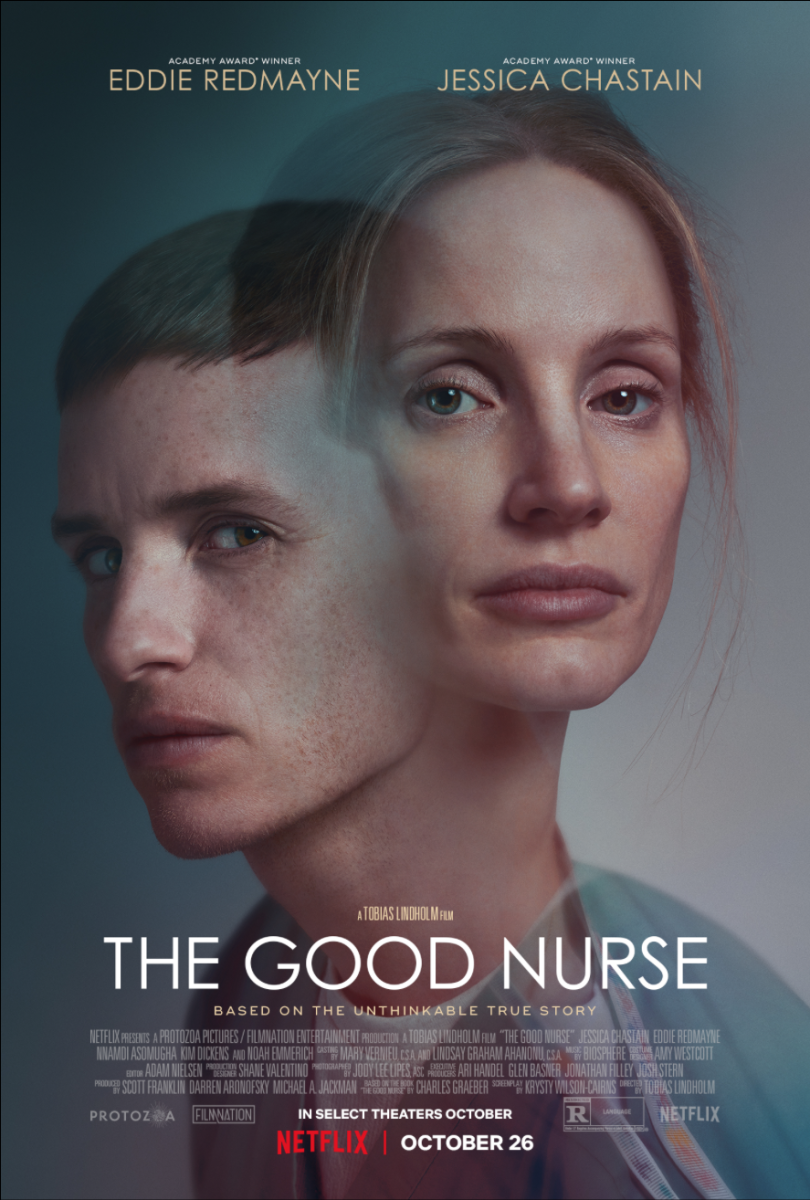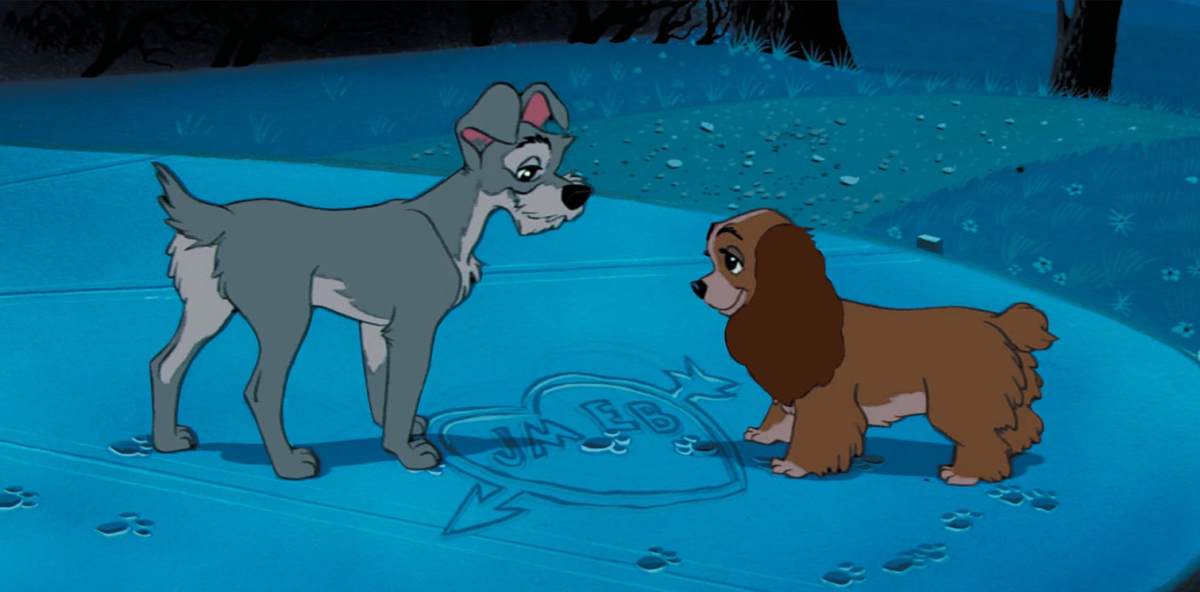Rating: 7/10
Tobias Lindholm’s “The Good Nurse” (2022) is an unsettling fusion of the horrors of reality and the barbarity of death in its most unexpected form.
Premiering on Oct. 26, the Netflix film starring British actor Eddie Redmayne and Jessica Chastain tells the horrifying but true story of American serial killer Charles Cullen and how he was able to carry out what is believed to be as many as 400 murders within the confines of multiple hospital walls. Based on the New York Times bestselling author Charles Graeber, Linholm’s adaptation of “The Good Nurse” moves at a fairly slow pace and isn’t by any means what is considered an edge-of-your-seat thriller. It is, however, eerie and unsettling in a manner that is almost claustrophobic, maintaining an impressive, yet uncomfortable sense of low-level panic throughout the film.
First and foremost, Redmayne’s casting as Charles, or Charlie, Cullen was not only a brilliant move on the part of Lindholm, but is also one of the highlights of the entire film. With his boyish charm, soft spokenness and kind demeanor, Redmayne’s portrayal of Cullen is phenomenally on par with the concept of a cold-blooded killer in the mask of a tenderhearted nurse — a contrast that, while deliberate, makes his character admittedly confusing. Through Redmayne’s strong performance as Charlie Cullen, the selfless new hire at Parkfield Memorial Hospital, he is able to create a bizarre sense of likeability for the murderer, an aspect of Cullen’s character highly important to convey, particularly within his friendship with Amy Loughren played by Jessica Chastain.
Chastain’s performance in the film is equally as impressive and powerful as Redmayne’s, illustrating both immense strength and unimaginable bravery in the face of two equally terrifying demons: Cullen and the American healthcare system. Channeling a remarkable portrayal of an overworked, uninsured single mother struggling to take care of her family, Chastain’s take on the character of Amy Loughren is painfully uncomfortable and unbearably anxious in the best way possible. By forcing viewers to sit with a discomfort that, unlike a serial killer nurse, is incredibly common, Chastain is able to create a disheartening sense of empathy for her character, explaining the state of vulnerability that she was in when she befriended Cullen in the first place.
As previously mentioned, the plot of the film itself is not particularly fast-paced. Running at just over two hours with audience members fully aware of who the killer is the entire time, “The Good Nurse” is not a dramatic high-speed chase of a story, but rather more closely resembles a slow drive in the dark with the looming thought that you could run out of gas at any moment. While the plot’s lack of dramatic crescendos can be underwhelming at times, it also plays perfectly within the concept of Cullen’s murders themselves. These were not deaths with the drama of Dahmer or the gore of Bundy; they were quiet, cunning and done under the noses of hundreds of other employees who, like Amy Loughren, thought Charles Cullen was a good nurse.
The ending of the film, despite being ambiguous and slightly unfulfilling, matches Cullen’s exit from society to a T. To this day, Charles Cullen has never admitted to why he took the lives he did, therefore “The Good Nurse” unfortunately cannot be tied up in a neat resolution. To attempt this would have not only been a disrespectful and cheap attempt at drama, but also inaccurate to the story of Loughren and the families of Cullen’s victims.
The fact of the matter is Cullen’s tale is unfortunately one large unanswered question. While the ambiguity at the end of the film may be frustrating for audiences expecting an answer, it was the way the story played out, and therefore is the way that it needed to be told.
Criticism: ‘The Good Nurse’
November 4, 2022
0
Donate to The Battalion
$1765
$5000
Contributed
Our Goal
Your donation will support the student journalists of Texas A&M University - College Station. Your contribution will allow us to purchase equipment and cover our annual website hosting costs, in addition to paying freelance staffers for their work, travel costs for coverage and more!










